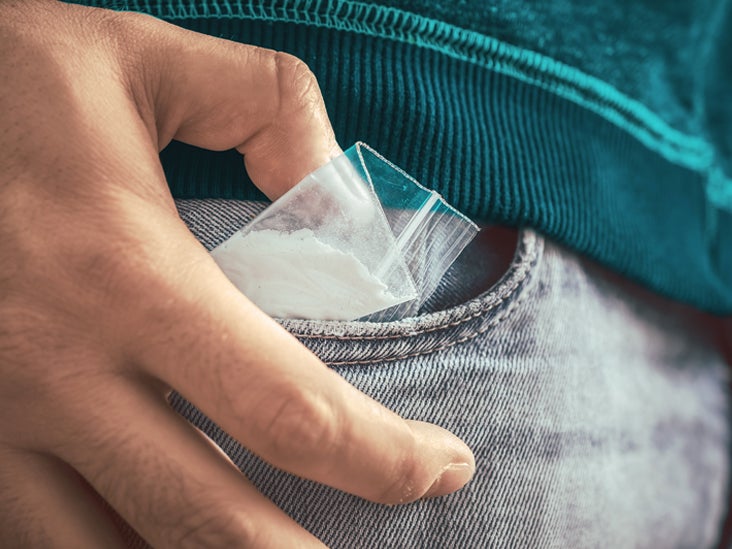

Over time, many people in recovery discover triggers that they weren’t even aware of. This might seem like a simple task, but because triggers can be absolutely anything, it’s important to give thoughtful consideration to people, places, social situations and any feelings that normally bring about a desire to use alcohol or drugs. 6 Tips to Keep Triggers and Cravings at Bay 1. If a person is unable to avoid cravings, relapse is imminent.Ī key element in limiting relapse, is managing triggers and cravings.
HOW TO BEAT CRACK ADDICTION FULL
In full swing, cravings can be incredibly difficult to manage until a person develops techniques to avoid them as much as possible. Dopamine is a chemical associated with emotional response, pleasure, or pain, and it plays an important part in reward motivated-behavior. What are Addiction Cravings?Ĭravings are actual physical compulsions or urges caused when dopamine, a neurotransmitter in the brain, is released. This might also fall into the category of cravings. Taking pain medication for back surgery can trigger a previous heroin addiction. A Happy Hour billboard on the drive home from work offering cheap hot wings and beer might be all that’s needed to induce cravings that lead to relapse.Ī cross-relapse from one drug to another can be extremely difficult to control. Triggers can come in any form and may lead to substantial cravings. Triggers can be almost anything that the addicted brain associates with the reward of getting “high.”įor some people a trigger might be stress created by work or family, or maybe the onset of depression or anxiety.įor others it could be a location, a bar they used to drink at or friend’s house where they might have used drugs. Relapse prevention teaches that two possible incentives to use drugs or alcohol are always looming in the background – Triggers and Cravings. Contrary to what many people believe, addiction is not a choice.īecause “relapse” is a major component to addiction, some people go many years after treatment without any problems, but they’re always aware it could happen at any time. This is dangerous territory for recovering addicts.

These responses can send an addict spiraling back to previous and destructive behaviors. “ Relapsing” means that a person will get worse again or suffer a setback after improving or getting better.Īnd it’s a “ brain disease” because it changes the brain both structurally and functionally – how it looks physically and how it works.ĭrug or alcohol addiction alters the brain’s chemistry and can actually bring about physical and mental responses long after a person has been sober. This isn’t surprising and is to be expected, considering what science has learned about addiction.Īccording to the National Institute on Drug Abuse (NIDA): “ Addiction is defined as a chronic, relapsing, brain disease that is characterized by compulsive drug seeking and use, despite harmful consequences.”Īddiction is a “ chronic disease” because it is long lasting and it cannot be cured, but it can be controlled. Leaving a treatment facility and returning to regular family life, social situations and work can routinely set newly recovering people back. One of the most difficult parts of recovering from drug abuse, alcoholism or a combination of both comes after treatment.


 0 kommentar(er)
0 kommentar(er)
